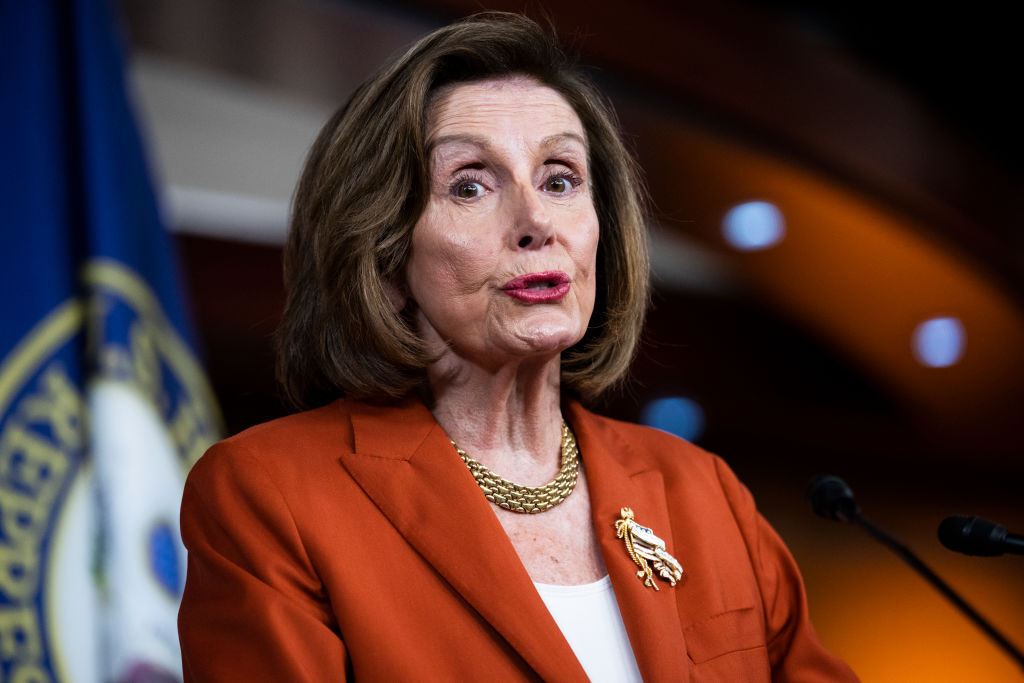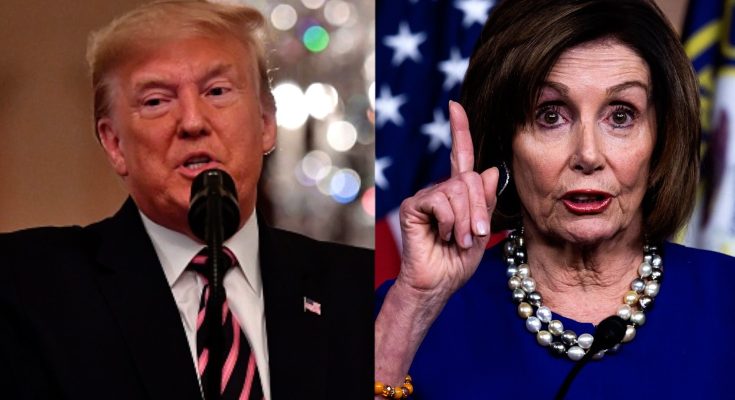In a move that has sent shockwaves through the global defense community, Iran has just unveiled a new missile defense system that has stunned the entire world. This isn’t just another upgrade or a routine announcement—it’s a bold demonstration of technological advancement and strategic capability that has caught experts and nations off guard. The revelation marks a significant moment in international security, signaling Iran’s growing prowess in military technology and its determination to assert itself on the global stage.

Let me take you through this dramatic development, where innovation meets geopolitics, and the future of missile defense is being rewritten.
The new missile defense system, showcased with great fanfare, combines advanced radar, interception technology, and rapid response capabilities. Designed to detect, track, and neutralize incoming threats with unprecedented accuracy, it represents a leap forward from previous generations. What makes this system particularly impressive is its integration of cutting-edge sensors and AI-driven targeting algorithms, allowing it to respond to multiple threats simultaneously and adapt to evolving attack patterns.
For years, Iran has invested heavily in strengthening its military technology, often under intense international scrutiny and sanctions. Despite these challenges, the country has managed to develop indigenous systems that rival those of more established military powers. This latest missile defense system is a clear testament to that progress, showcasing a blend of innovation and strategic foresight.
The global reaction has been swift and intense. Military analysts around the world are re-evaluating their assessments of Iran’s defensive capabilities. Some see the system as a game-changer that could alter the balance of power in the Middle East, while others warn it may escalate regional tensions and spark an arms race. The ability to effectively defend against missile attacks not only strengthens Iran’s security but also complicates the strategic calculations of its rivals.
What truly stunned observers is the system’s reported range and precision. Capable of intercepting a variety of missile types, including ballistic and cruise missiles, it offers a multi-layered shield that significantly enhances Iran’s defensive posture. This means that potential adversaries must now consider the risks of their offensive actions more carefully, knowing that their missiles might never reach their intended targets.
Beyond the technical marvel, this announcement carries deep political and emotional weight. For Iran, it’s a proud moment—a symbol of resilience and self-reliance in the face of adversity. It sends a message to the world that despite sanctions and isolation, the country is capable of defending itself and advancing its military technology independently.

For the international community, the unveiling is a reminder of the shifting dynamics in global security. It challenges traditional power structures and forces nations to rethink their strategies. Diplomats and defense officials are now grappling with how to respond—balancing deterrence, dialogue, and the risks of escalation.
The emotional impact is palpable. In Tehran, the display was met with pride and optimism, a rallying point for national unity. Elsewhere, it sparked concern and urgency, highlighting the fragile nature of peace in a region long marked by conflict.
As the world watches closely, questions abound. How will neighboring countries react? Will this lead to increased cooperation or heightened confrontation? And what does this mean for the future of missile defense technology worldwide?

One thing is certain: Iran’s new missile defense system is more than just hardware. It’s a statement of intent, a symbol of technological achievement, and a catalyst for change in the complex web of international relations.
In the end, this stunning revelation reminds us that in the realm of global security, innovation and strategy are intertwined, and the balance of power can shift in an instant. As nations adapt and respond, the world holds its breath, knowing that the future of peace and conflict may hinge on systems like these.



